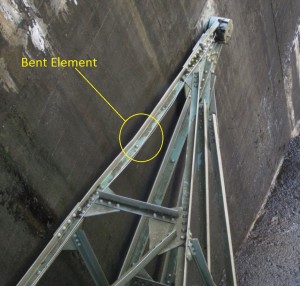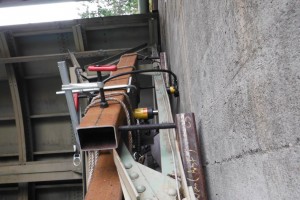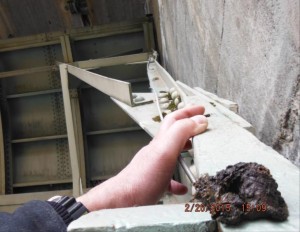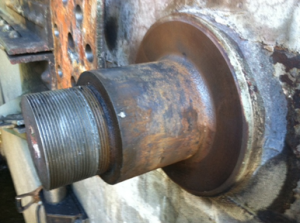Report Number
NHAOE-72220161234
Event Start / End
02/05/2016 12:00 am - 02/08/2016 12:00 am
Event Duration
6 - 12 months
Functional Area
Maintenance
Functional Area Subclass
Equipment
Classification
Severe
Impact of Event
Equipment Damage, Other
Human Performance
No





